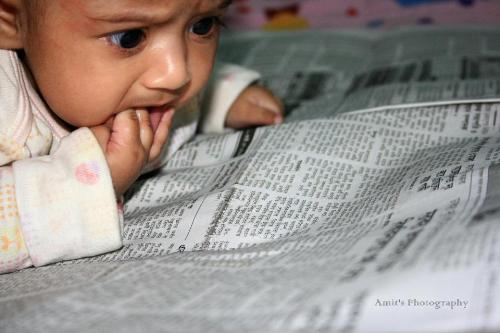Essential Speech Therapy Activities & Techniques
Are you the type of person who dips a toe in the pool to test the temperature or do you prefer to dive in headfirst? It’s often difficult to navigate an entirely new field of study, whether you’re just beginning to learn about speech therapy activities or whether you’re analyzing MySQL performance with TCP/IP network traffic. The technical jargon might seem impossible at first, but if you keep reading everything you can on the subject, it will eventually become second nature to you. Although your child’s speech-language pathologist (SLP) will be doing the lion’s share of the work, your child can greatly benefit from doing speech therapy activities at home with you. By accelerating his progress, you can watch him overcome his speech disorder even sooner. So without further ado, here are some of the common speech therapy activities and techniques your child’s SLP might use with him. Bear in mind that every child and every SLP are different, so be sure to consult your SLP about the best speech therapy activities for your youngster.
Sensory Feedback
One essential speech therapy technique is the use of sensory feedback. Quite simply, it helps your child to become more aware of the sounds that he is producing and how he is producing them. For example, the SLP might use auditory feedback. She might record a sample of your child’s vocalizations and play them back. She would then play a recording of the same sounds, pronounced correctly, so that he can hear the difference. Your child can also benefit from visual feedback, or watching himself or others produce sounds.
Tactile feedback is also essential. Proper articulation demands the correct placement of the tongue and other oral structures. But it can often be difficult to instruct a child to place his tongue in a certain way, for example. Instead, try using Speech Buddies tools with him. These are devices customized to individual sounds that are inserted into the mouth to provide a target for the tongue.
http://www.youtube.com/watch?v=JqWpzIwRISI
Articulation Speech Therapy Activities
In addition to tactile feedback, your child’s speech therapist will use other speech therapy activities for articulation to help him pronounce certain sounds. The SLP might clearly state a word and ask that your youngster repeat it. This will be done multiple times to give your child plenty of practice.
Games are often used to keep the child engaged in the articulation drills. For example, the speech therapist might play the bean bag toss game with little Michael. Every time Michael tosses a bean bag, he must pronounce a certain word with the target sound that he is working on. Talk to the SLP about similar speech therapy activities to work on at home.
Oral Motor Therapy Techniques
Some speech disorders are characterized by poor manipulation of the oral motor muscles. This can not only interfere with your child’s speech, but his swallowing and feeding abilities as well. Oral motor exercises and facial massage may be used to improve muscle tone. The speech therapist might also work on introducing foods of various textures and temperatures in order to raise oral awareness. Oral motor therapy techniques typically emphasize speech therapy activities that pair movements with sounds. For example, your child might be asked to pay close attention to the rounding of his lips as he produces the “sh” sound.
http://www.youtube.com/watch?v=M00Vb3HBh2s
Language Intervention
Speech and language disorders can not only impact a child’s ability to articulate clearly, but also his ability to understand language and express himself appropriately. Some kids might have trouble putting their thoughts into words, following or giving directions, or narrating a story. Your child’s SLP will encourage language acquisition by using books, role-play games, and similar speech therapy activities. Your child might work on building complete sentences, acquiring new vocabulary, or telling a story with a beginning, middle, and end. As always, remember to ask the SLP about speech therapy activities to do at home for language intervention. One recent study published in the American Journal of Speech-Language Pathology concluded that parental involvement in language intervention is critical for the child’s development.



